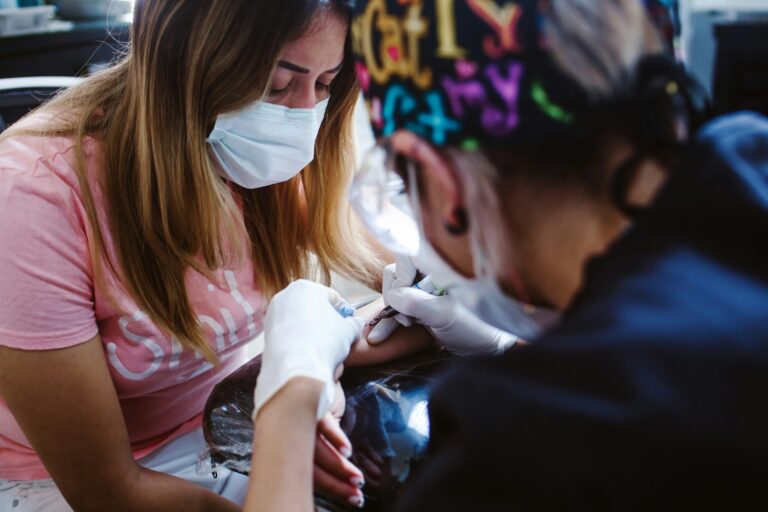As health authorities across the United States began closely monitoring the emergence of monkeypox cases in non-endemic areas, California reported its first confirmed cases of the virus in May 2022. The cases, which were linked to travel outside the U.S., marked a significant shift in the spread of the virus, which had previously been confined to regions of Central and West Africa.
By mid-May, California had confirmed several cases in the Bay Area, including in San Francisco and other counties in Northern California. The California Department of Public Health (CDPH) confirmed that while the overall risk to the general public remained low, health officials were taking precautionary measures to prevent further spread.
Dr. Tomas Aragon, the director of the California Department of Public Health, acknowledged the emerging threat, noting that the state’s public health infrastructure was working to contain the virus. “We are actively monitoring the situation and are in communication with the Centers for Disease Control and Prevention (CDC) to stay ahead of this new development,” Dr. Aragon said. “At this point, we urge the public to remain vigilant, but there is no reason to panic.”
The first known cases in the U.S. were reported in early May, with the majority of cases appearing in men who have sex with men, though health experts emphasized that the virus could spread through any form of close contact with an infected person. Monkeypox is typically characterized by fever, muscle aches, and a distinctive rash, and though it is rarely fatal, it can cause severe illness.
As the outbreak spread in Europe and other parts of the world, health experts began to raise awareness about the potential for further transmission in the U.S. While there was no official state of emergency declared in California by May 19, local health departments were already taking steps to track contacts and issue guidance on how to reduce the spread of the virus.
San Francisco, with its large LGBTQ+ population, quickly became a focal point in the state’s response. The San Francisco Department of Public Health (SFDPH) increased its outreach efforts, providing information to high-risk groups and emphasizing the importance of early detection and treatment. Health officials also began coordinating with the federal government to secure vaccines for those most at risk. At the time, the federal government had not yet issued widespread recommendations for mass vaccination, but the U.S. Food and Drug Administration (FDA) had authorized the use of the smallpox vaccine to help control the monkeypox outbreak.
Dr. Ashish Jha, the White House COVID-19 Response Coordinator, remarked on the growing concern surrounding the virus, stating that although the situation was being monitored closely, the risk of widespread transmission in the U.S. was still considered low. “We’re working to ensure that our public health systems are equipped to respond to this emerging threat, and we continue to prioritize efforts to contain the virus while educating the public,” Jha said.
While there was no formal declaration of an emergency at the state level in May, local public health agencies in California were stepping up efforts to address the rising concern. Organizations such as the San Francisco AIDS Foundation, which has long been involved in public health advocacy within the LGBTQ+ community, began ramping up educational outreach about the virus and its transmission.
As of May 2022, experts were urging calm but highlighting the need for vigilance, noting that the situation was still developing. Local health authorities promised to continue providing updates and resources to both healthcare providers and the general public as more information became available.



